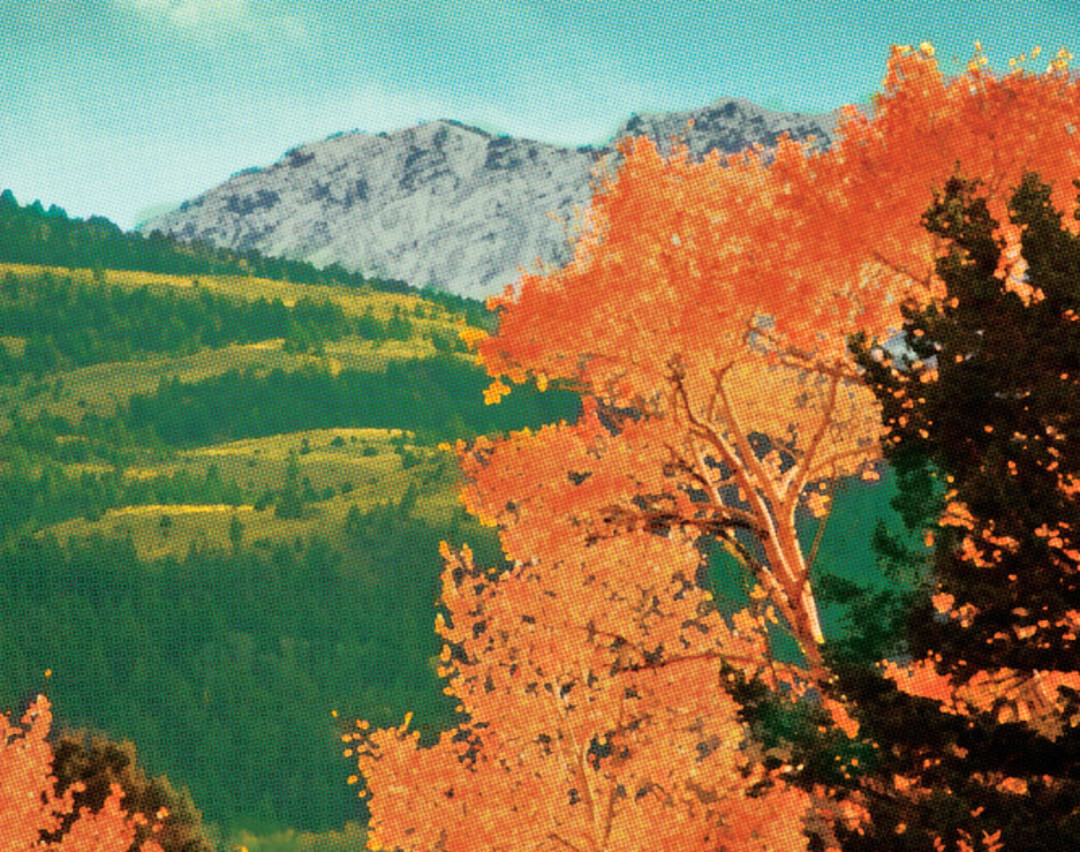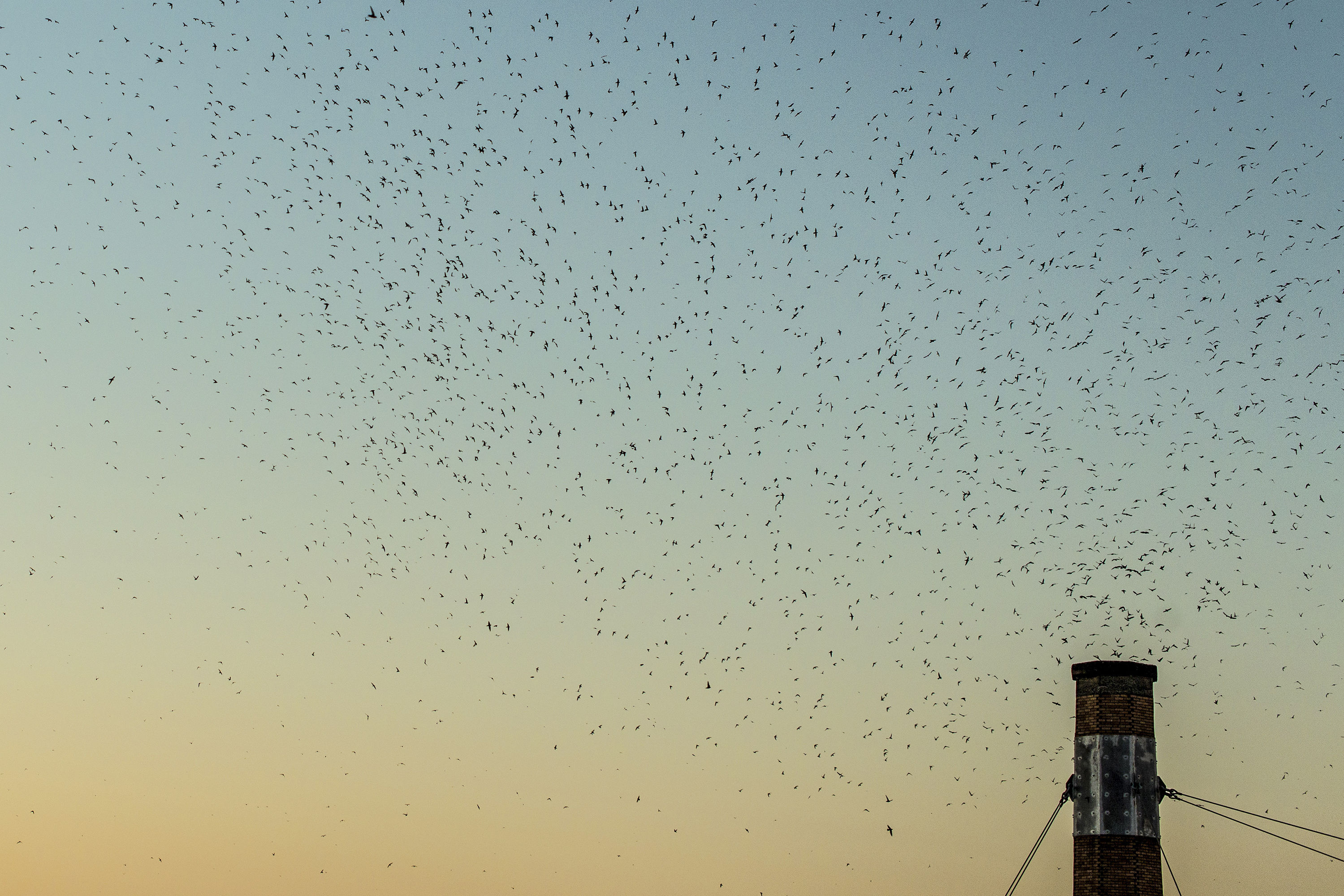Did a Monstrous Prehistoric Flood Seed Oregon’s Mystery Trees?

Image: Shutterstock
At first glance, a lonely stand of aspens at Camassia Natural Area in West Linn may not seem unusual. But researchers at Oregon State University are trying to solve the mystery of why these trees are there at all—aspens rarely appear west of the Rockies. Their prime suspect? A cataclysmic flood 15,000 years ago.
Led by forestry professor Steve Strauss, a team of researchers is out to prove that these aspens were transported hundreds of miles to the Willamette Valley via the Missoula Floods, the ice age deluge that raced across Eastern Washington from Montana, emptying more than 15 times the combined flow of every river on earth in just a few days.
“The flood shaped the geology of our environment, shaped the Columbia River Gorge, and brought fertile soil to the Willamette Valley,” says Collin Petersen, a research assistant in charge of the project. “The aspens would just be another cool aspect of how it’s still affecting biological communities today.”
“It’s just a really awesome concept—the distribution of a species by a massive cataclysmic event like this has never been shown before.”
Aspens grow as a single living organism, connected by a giant root network underground, and colonies can last for thousands of years, preserving their ancient DNA. The OSU team has collected 500 leaf samples from 23 aspen stands across the West and will sequence the DNA to compare genetic fingerprints and see how closely related Oregon’s aspens are to the trees in Eastern Washington and Western Montana. The project got a boost from the public when its fundraising website turned into a forum for amateur tree sleuths. Volunteers reported locations of 15 additional aspen groves, enabling Petersen and his team to map a larger area.
“One of the great things about this project is that through crowdsourcing we opened it up to the public,” Petersen says. “Now we’re getting all these clues from people throughout Oregon.”
Previous studies have shown that geological evidence such as soil and “glacial erratics” (a.k.a. enormous boulders) came to Oregon on the floods, but no one is sure whether trees (or any plants) could have survived being uprooted and washed west in the glacial floodwaters. If proven, Petersen says the study would set a new precedent.
“It’s just a really awesome concept—the distribution of a species by a massive cataclysmic event like this has never been shown before,” says Petersen. “If aspens were brought here maybe there are other species that were brought here as well.”




